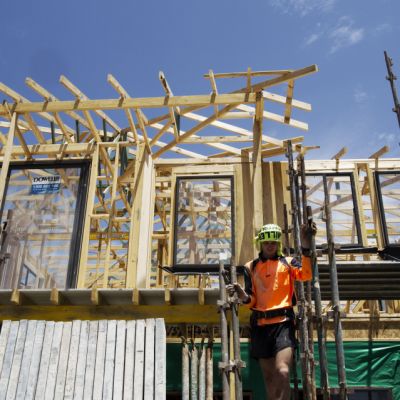‘Snowball effect’: Bushfire smoke reduces solar panel efficiency, increases load on coal-fired power
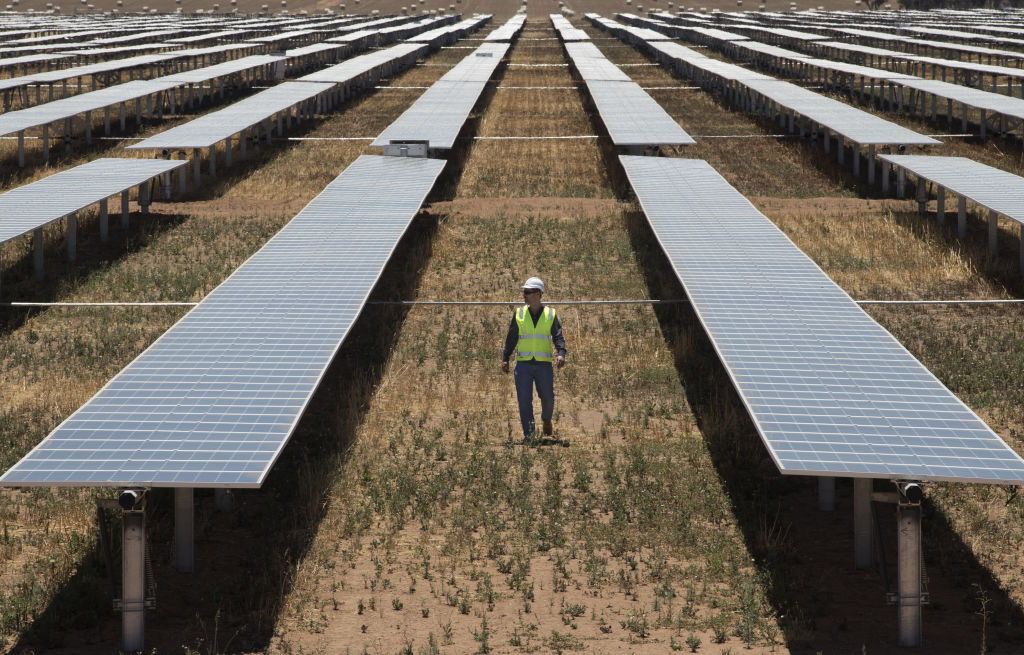
Bushfire smoke has cut the efficiency of solar panels in south-east Australian cities, which experts warn could lead to a snowball effect with increased demand for polluting coal-fired power.
Solar monitoring company Solar Analytics said on New Year’s Day, solar panels in Canberra were only operating at 55 per cent capacity because of the oppressive haze.
Since the bushfire crisis began in October last year, capital cities across south-eastern Australia have been intermittently blanketed with smoke, slashing visibility and affecting the air quality. Across the country, bushfires have destroyed more then 2000 homes and claimed 27 lives.
Business development manager Nigel Morris says his company tracks solar systems in homes to see if they’re producing as much energy as they should be, compared to weather and satellite data.
“We’re able to predict what the system should be doing and we’re able to compare the solar production where there’s smoke haze, where there isn’t smoke haze and also historical data,” he said. “The short answer is we saw impact between 15 and 45 per cent in some of the locations we monitored.
“That’s as a direct result of the unprecedented smoke haze.”
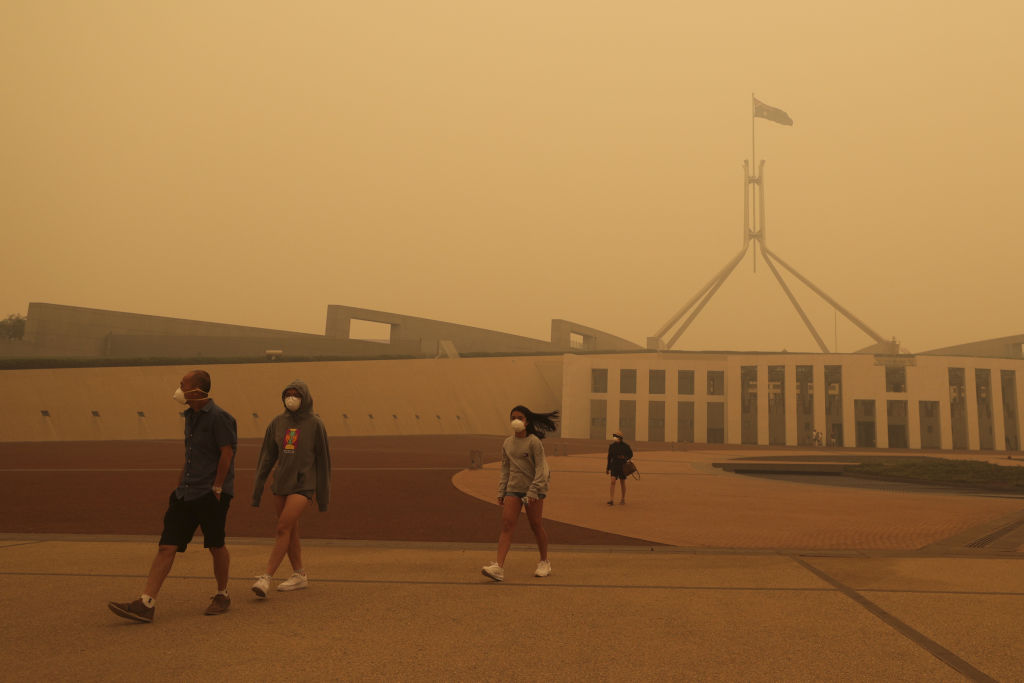
The biggest drop in Sydney was 27 per cent on December 21, a day that was cloud-free and should have otherwise been a prime day for solar panel users, except for the smoke.
Solar Analytics had not analysed the effectiveness of panels in Melbourne yet.
Energy@RMIT Professor Gary Rosengarten said smoke had a similar effect on solar panel energy generation to cloud cover.
“What you’re seeing now is the sun’s light isn’t making as much of a sharp shadow as it normally would, because the smoke particles are scattering the light, a bit like a cloudy day,” he said.
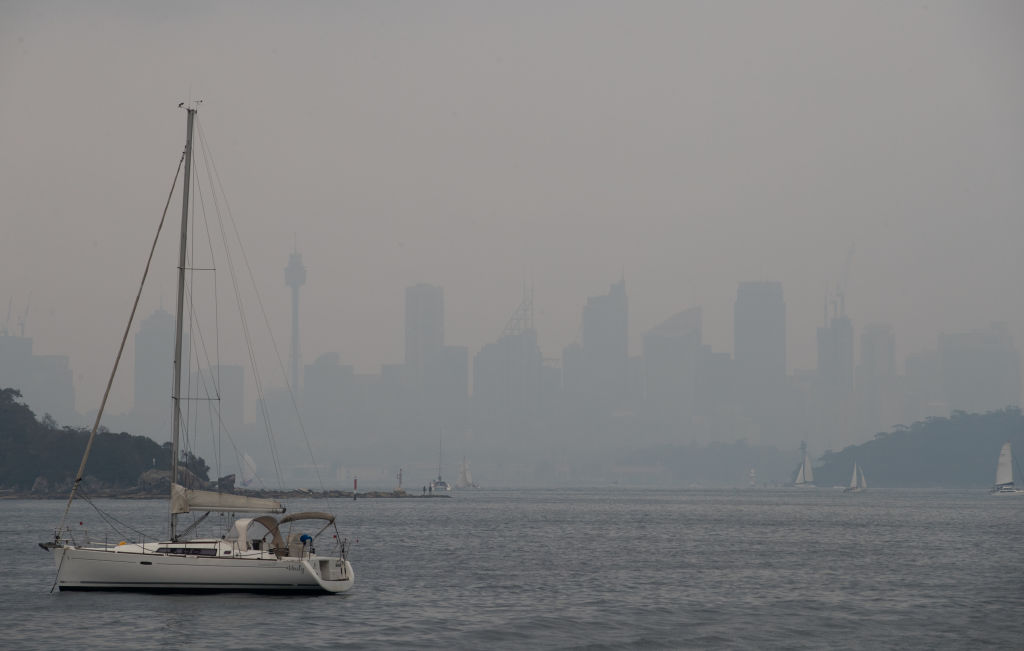
Solar panels tended to absorb radiation from the infra-red and red section of the light spectrum, so the haze could be especially harmful to energy production on days when the sky has a red tinge, but more research would be needed to know for certain, Professor Rosengarten said.
“That depends on the type of the smoke particles,” he said.
A compounding issue that the smoke haze creates is a layer of grime on the panels, further reducing their effectiveness.
“If it rains a bit or the particles settle down, it can create a dirt layer which can affect the output [by] 10 or 15 per cent and will be stuck there until you clean it off,” Professor Rosengarten said.
It was forecast to rain in Melbourne on Wednesday afternoon.
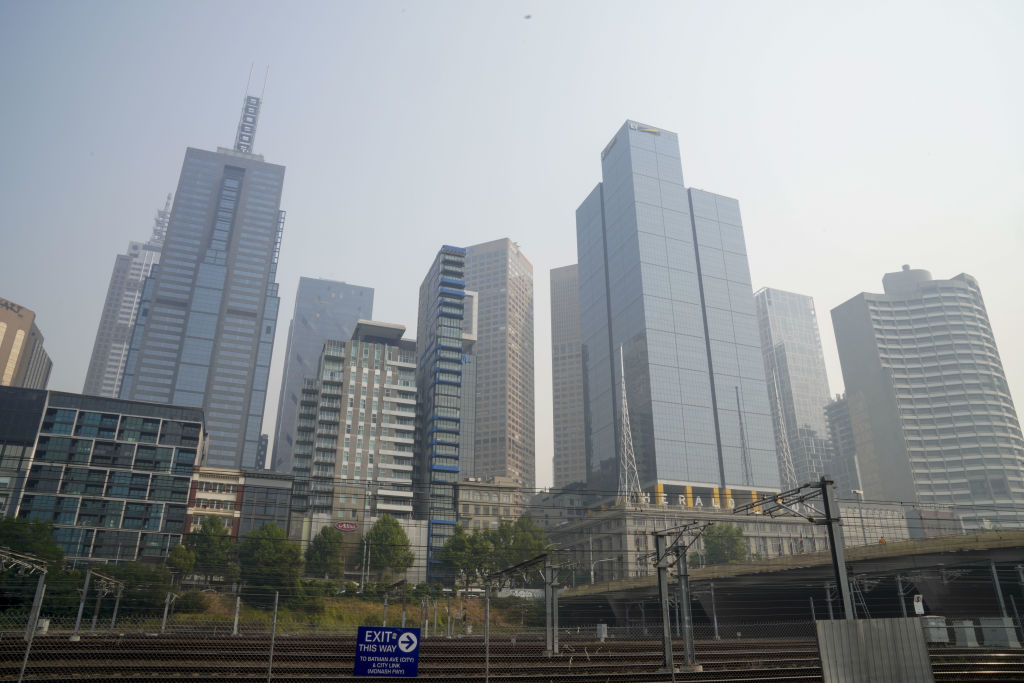
The reduced effectiveness would have a knock-on effect to household finances and also the environment, Mr Morris said.
“This time of year is usually a peak generation time. Prolonged cloud cover is unusual at this time of year, particularly in the ACT and NSW,” he said. “Consumers in affected areas will face increased electricity costs.
“And then the dependence on coal power will increase due to the reduction of solar, which is a double whammy in the increase of emissions.”
The smoke haze impacts solar farms’ ability to produce power too, particularly those that use multi-junction cells, which absorb a wider spectrum of light than just the red and infra-red section, Professor Rosengarten says.
“[The multi-junction cells] are very expensive, but they’re about 40 per cent efficient,” he said. “They are significantly more efficient than a conventional solar panel.
“Because they’re so expensive they focus the sunlight with mirrors. But with this sort of weather you can’t focus the light.”
Professor Rosengarten said if smoke haze became more common in Australia, it would hurt efforts to produce solar energy.
“[Energy producers] can turn back to coal-fired if they don’t have a lot of solar radiation. And today’s [Tuesday was] particularly bad [in Victoria], because there’s no wind,” he said. “We’re just going around in this snowball effect. Because climate change increases bushfires, we can’t use solar [as effectively] because of the smoke.
“It’s not just a cycle, it’s a snowball.”
He said increasing renewable energy’s ability to be used as base load power was critical to keep energy production moving away from fossil fuels.
“We’ve got wind power which is very important. But wind and solar can never meet the base load unless we have storage as well, or unless we have some other reliable energy source,” he said.
South Australia’s Tesla battery facility was one such storage solution, and was recently flagged for an expansion.
If you’re a Domain customer affected by the recent bushfire crisis, find out how we can help support you here.
We recommend
We thought you might like
States
Capital Cities
Capital Cities - Rentals
Popular Areas
Allhomes
More
